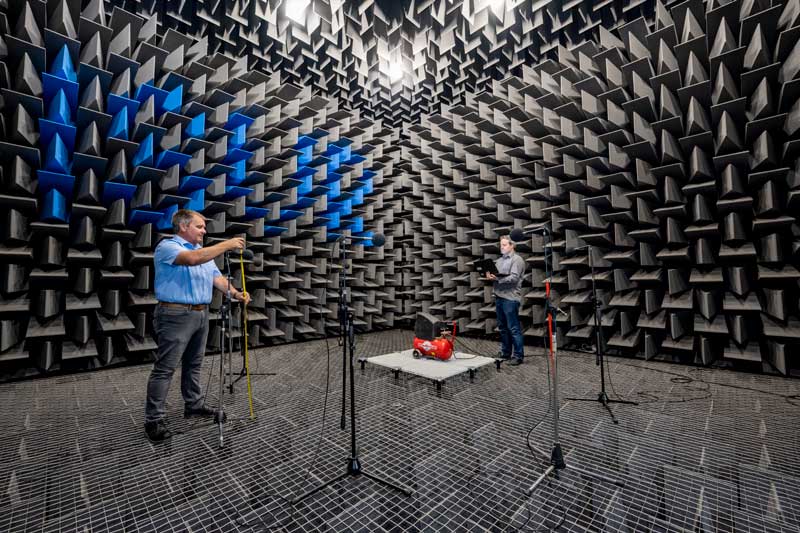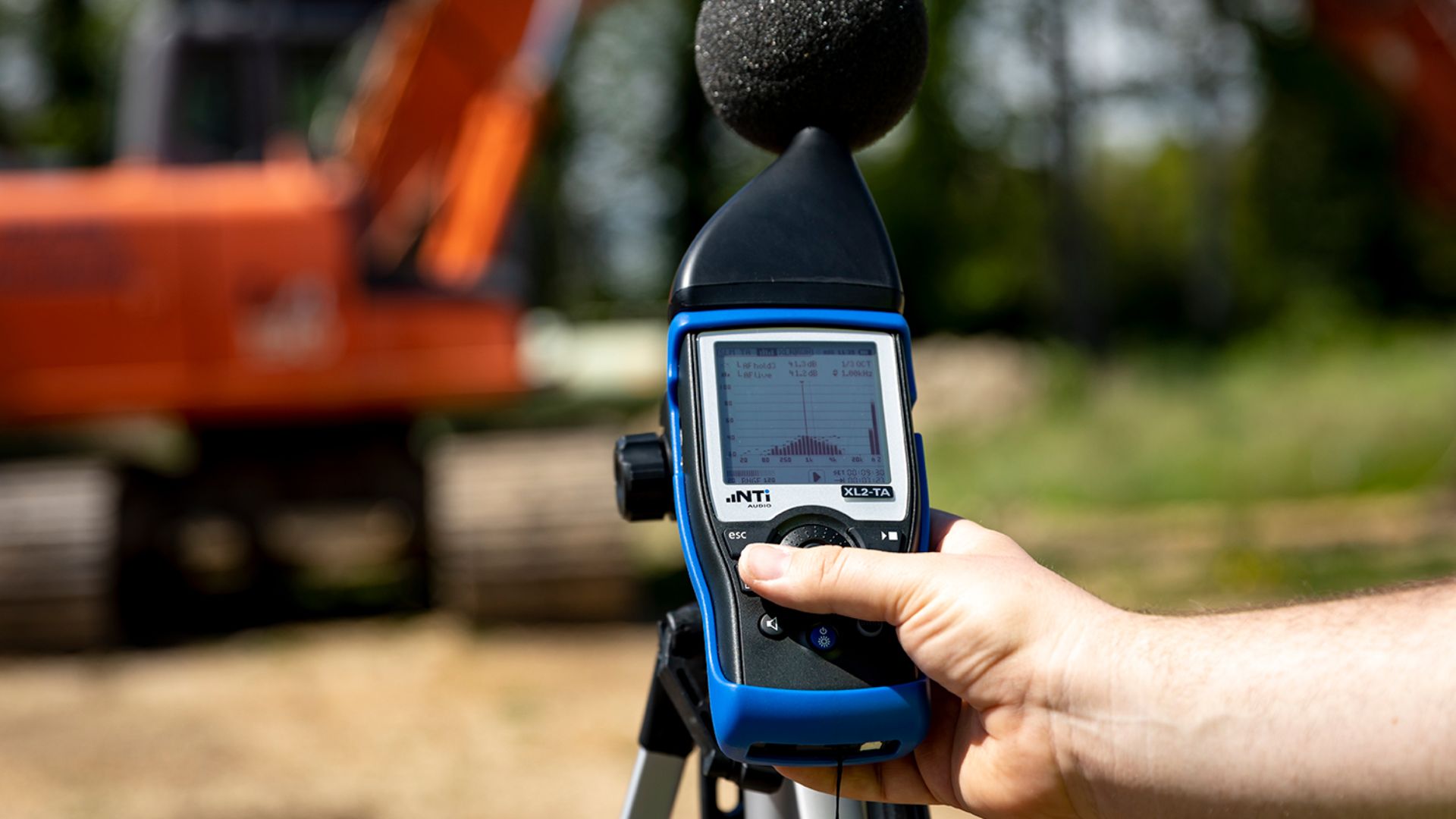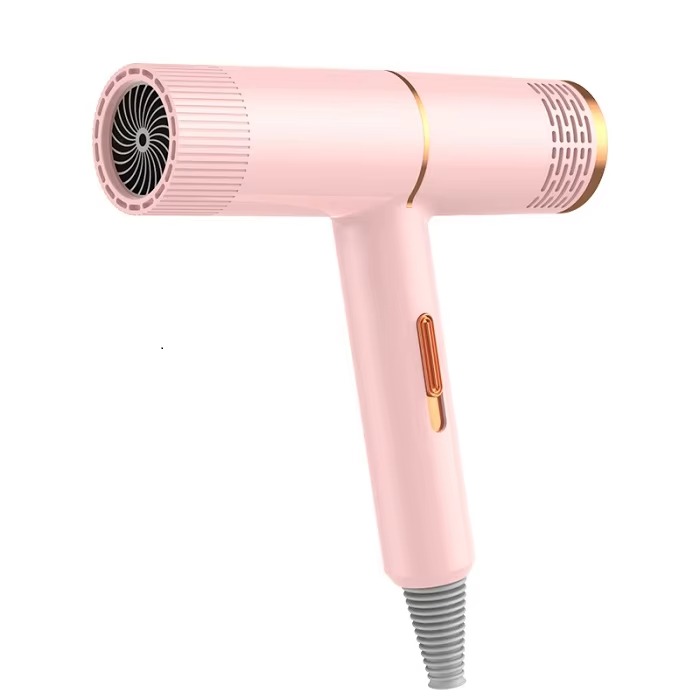In the fast-evolving world of beauty and personal care, the exploration for quieter devices has become increasingly prevalent. In other words, consumers are now drawn to electric beauty devices that don’t make a ruckus every time they’re turned on. To provide customers with more enjoyable grooming experiences, manufacturers are seeking ways to reduce the noise levels of their products without compromising performance. This has turned into a necessary aspect of product design, and many manufacturers have opted for noise tests to ensure their devices meet consumer expectations.
As a leading custom beauty device manufacturer, Huux performs routine noise tests on all of our products and is well-versed in the basic principles of noise testing for beauty devices and personal care tools. Keep reading to uncover the methodology and criteria involved in noise testing, and learn to appreciate your device beyond just its appearance.
1. Why is it essential to perform noise tests on Electric Beauty Devices & Personal Care Tools?
Some electric beauty devices that are frequently used in daily grooming routines include hair dryers, hair clippers, electric razors, facial cleansers, and hair curlers. The majority of said products use motors, fans, or vibration mechanisms to operate, which inevitably generates noise.
1.1 User Comfort and Satisfaction
Performing noise tests on electric beauty devices can help manufacturers locate the source of mechanical imbalances and make adjustments to their products accordingly. Customers can benefit from this practice because many of these tools, such as hair dryers and electric shavers, come in close proximity to the user’s face, where excessive noise may cause irritation or discomfort.
1.2 Health and Safety Concerns
It is not uncommon for hairdressers and barbers to experience hearing loss due to their environmental exposure to excessive amounts of electric beauty devices being used simultaneously. According to the World Health Organization, prolonged exposure to noise exceeding 85 decibels (dB) can gradually lead to hearing damage. For electric beauty device users at home, there is also a risk of receiving hearing damage from their tools, since devices like hair dryers and clippers can easily rack their noise level up to 85 decibels or more.
1.3 Compliance with Regulations and Standards
Many regions have regulations and standards concerning noise levels emitted by household appliances, and electric beauty devices fall under this category. The US Environmental Protection Agency (EPA) has identified noise levels that can cause hearing loss or annoyance. Manufacturers should meet these standards if they want to ensure market success and avoid safety issues.
2. Key Components of Electric Beauty Device Noise Tests
2.1 Test Subject
Noise tests are conducted on a wide range of personal care tools. Take hair dryers as an example. Hair dryers operate by drawing in air, heating it, and then expelling it through a nozzle at high speeds. This process can generate significant noise, primarily from the motor and the airflow, which is exactly why it qualifies as a test subject. In this case, the objective is to assess the noise levels emitted by the hair dryer during standard operation to ensure it falls within acceptable limits for comfort and regulatory compliance.

Common Beauty Device Motors
2.2 Test Equipment
Accurate noise measurement requires specialized equipment and professional setups, which is exactly what we do here at Huux. Take a look at our advanced tools for acoustic testing down below.
- Calibration Tools: Before conducting any noise tests, we must ensure that our testing equipment is properly prepared. For example, the noise tester, one of the most important acoustic testing devices for measuring noise levels,must be calibrated using a standard sound source to ensure the accuracy of the measurements throughout the test.
- Noise Tester: A noise tester is a high-precision sound level meter with an A-weighted filter,making it capable of measuring sound pressure levels in decibels (dB) with a high degree of accuracy. This gadget is widely used in all types of settings to acquire reliable acoustic data.

Noise Tester
- Anechoic Chamber: For the most accurate results, noise tests should be conducted in an anechoic chamber, which is designed to completely absorb reflections of sound waves, ensuring no external noise interferes with the measurements. Noise tests at Huux are usually conducted in such chambers.
- Stable Power Source: Aside from advanced physical equipment, a consistent power supply is also pivotal to maintaining the right operating conditions for testing devices throughout the test. This prevents unwanted fluctuations that could affect noise levels.
2.3 Test Method
Our testing method for these noise tests includes several steps that require great precision and a systematic approach.
Preparation:
- The tested device is set to its maximum power setting, as this typically generates the highest noise levels.
- The device is then placed in a controlled environment to eliminate external noise interference. An anechoic chamber, which absorbs sound reflections, is ideal for this purpose.

Anechoic Chamber
Noise Measurement: After everything is set up and ready to operate, a noise tester equipped with an A-weighted filter is used to measure the sound levels. This filter adjusts the measurements to reflect the human ear’s sensitivity to different frequencies, providing a realistic assessment of perceived noise.
Data Collection:
- The noise levels are recorded at each distance for a consistent duration, typically 10 seconds, to ensure accuracy and repeatability.
- Multiple readings are taken to account for any variations in the noise output.
2.4 Testing Criteria
Different products have different testing criteria. This is because different customers have different requirements when it comes to noise, some stricter than others. These criteria ensure these self-care tools operate within a comfortable noise range for users. However, some customers, particularly those in professional settings, may have stricter requirements. (As mentioned above, hairdressers are especially susceptible to hearing loss due to prolonged exposure to loud electric beauty devices like hair dryers.)
The standard test criteria we adopt at Huux are based on national standards or customized requirements from customers. We strive to meet all these requirements and work even harder to exceed customer expectations. Down below is a demonstration of how we keep our products safe and reliable for customers to use.
Let’s go through the complete and specific testing process, using hair dryers as an example once again:
Comprehensive noise testing is vital for ensuring beauty devices and self-care tools meet both regulatory standards and customer expectations. At Huux, we employ precise testing methods and advanced equipment to accurately assess and minimize the noise levels of each product. If you’re interested in purchasing wholesale electric beauty products that generate minimal noise, feel free to contact us through our website or via info@huux.com for further information.




